History of the Star and Crescent
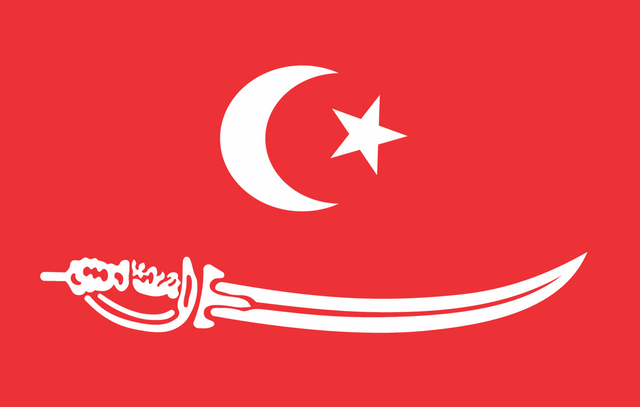
Today the star and crescent is commonly viewed as a symbol of Islam. Here I explore some of the prior uses of the motif, beginning with ancient Egypt and Mesopotamia.
Egypt and Mesopotamia
The Egyptian hieroglyph for “month”  features a crescent above a star. This hieroglyph is a remnant of a lunar calendar which was replaced by a solar calendar by the mid-3rd millennium BC (however, the lunar calendar retained some religious functions).
features a crescent above a star. This hieroglyph is a remnant of a lunar calendar which was replaced by a solar calendar by the mid-3rd millennium BC (however, the lunar calendar retained some religious functions).

The star and crescent symbol had a heavier spiritual significance in ancient Mesopotamia. The Babylonian cuneiform word shiptu (“incantation”) originally took a form very similar to the modern star and crescent. The word was apparently used to ward off evil, lending to its popularity.

Stars adjoining crescents are also a common design on Mesopotamian boundary stones in the late Bronze Age. The boundary stone of King Nebuchadnezzar I of Babylon (r. c. 1125-1104 BC) contains a rare example of a star within a crescent. The symbols were associated with the deities Sin (moon) and Ishtar (Venus). The representation of Venus through the star is a strong link to later Byzantine uses of the emblem.
Byzantium and the Bosporus
By the first century BC the star and crescent emblem decorated the coins of the city Byzantium. Ancient writers would later explain the symbol as a tribute to the goddess Hecate. Legend held that Hecate saved the Byzantines in 339 BC from Philip II of Macedon by providing light to reveal his siege tunnels. Recounting the event in the seventh century AD, Stephen of Byzantine describes Hecate as phosphoros (“light-bearer”). The capitalized form of this word is a name for Aphrodite, which suggests some connection to the star. Artemis-Hecate’s association with the moon explains the crescent.
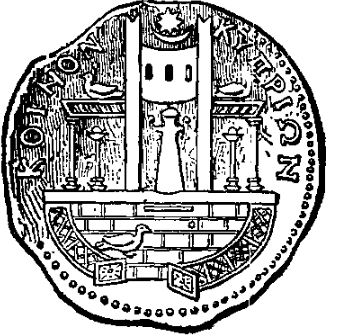
In reality, Hecate’s popularity probably did not begin with delivery from the siege. Some ancient sources record the night as cloudy, ruling out any astronomical signs. The transfer of the star and crescent symbol from Mesopotamia to the Greek world may be traced to the Temple of Aphrodite at Paphos, Cyprus. The temple, active as early as the late Bronze Age, was later depicted in coins with a crowning star and crescent. Certainly Paphos played a major role in the adoption of Ishtar—the island was the legendary birthplace of Aphrodite.
To the east of Byzantium, the use of the symbol by the Kingdom of Pontus adds another dimension. The star and crescent first appears on coins of Mithridates III (r. c. 220-183 BC) and becomes famous under Mithridates VI (r. c. 120-63 BC). The flow of these designs to Byzantium may have been aided by Mirthridates VI’s hold over the city around the late 80s BC. The Mithridatic dynasty claimed descent from the kings of the Achaemenid Empire, and the religion of Pontus was a blend of Zoroastrian and Greek elements. Thus, the crescent was seen as the lunar deity Mah, while the star represented Mithras, associated with the sun.
Persia
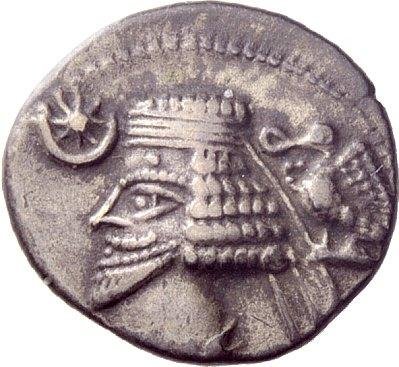
The symbol next emerges in the Parthian Empire, beginning with the coins of Phraates V (r. 2 BC – 4 AD). Here the star represented either the Zoroastrian divinity Mithra or the divinity Tishtrya. The case for Mithra is supported by the pseudo-Zoroastrian Pontus use of the star. The crescent likely corresponds with the goddess Anahita. The star and crescent became an emblem of the Parthian kings and was adopted by the rulers of the Sassanian Empire as a sign of legitimacy.
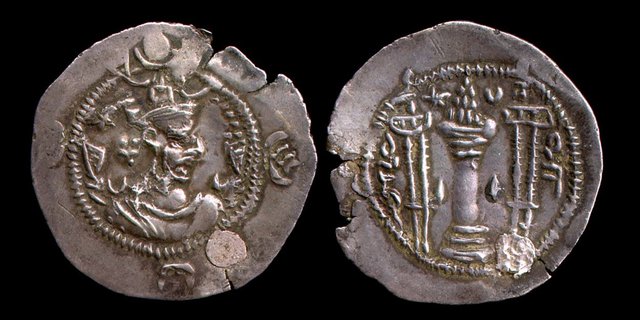
In the Sassanian period the star and crescent is shown with explicitly Zoroastrian elements. Coins display a portrait of the king surrounded by the symbol; on the reverse there is a depiction of a fire altar with attendants.
Islam

When Muslim Arabs conquered Persia in the seventh century, Sassanian coin designs were only preserved. The reformist caliph Abd al-Malik (r. 685-705 AD) would eventually replace the fire altar scene with Arabic, but the less offensive stars and crescents remained. Historians differ on the influence these coins had on symbol’s popularity with Muslims. Certainly the symbol received decades of exposure and was agreeable with later aniconism. The symbol later appears, perhaps independently, in Muslim art.
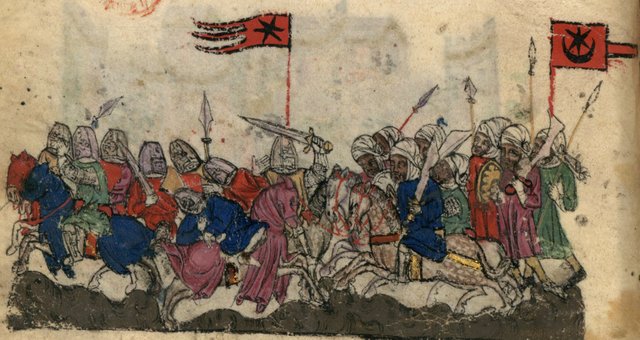
The question now is how the star and crescent emblem progressed from the margins of early Muslim coins to the flag of the Ottoman Empire? While Sassanian-style coins continued to spread into the Abbasid period, the symbol somewhat disappears until the early 14th century. From this time survives an illustration of the Battle of Yarmouk (636 AD) showing Muslim combatants under a star and crescent flag. By the 16th century the star and crescent was popular among Ottoman naval flags and also adorned the flags of the empire’s easternmost influence: the Aceh Sultanate in Indonesia. In the west, Bosnia also used the emblem at this time.
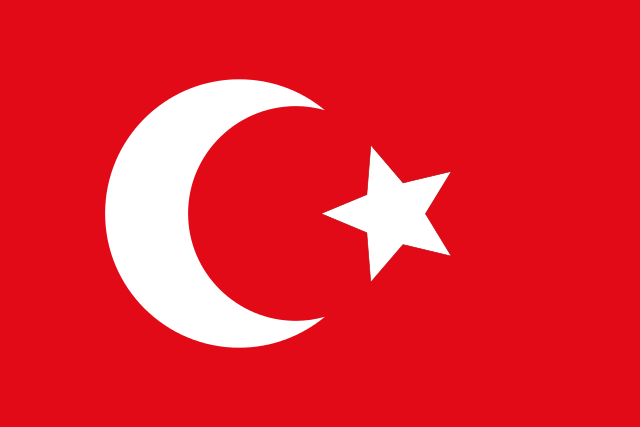
At this point, with the star and crescent spanning the Muslim world, the Ottoman Empire’s adoption of the symbol is natural. In the late 18th century the star and crescent became the official navy ensign; in 1844, during the Tanzimat reforms, the red with white star and crescent flag was established as the national flag.
The Ottoman Empire’s endorsement of the star and crescent finalized the association between the symbol and Islam. In the late 19th century, Western sources used the star and crescent as a metonymy for the Ottomans, and by extension Islam. As a result, the flags of Muslim nations created in the 20th century often feature the star and crescent, even if the country was never a part of the Ottoman Empire. Other Muslims, surely noting the religiously-charged history of the symbol, reject the star and crescent.
Islam is then part Persian?
Can Muslim women drive cars?
Always appreciate history lessons :)